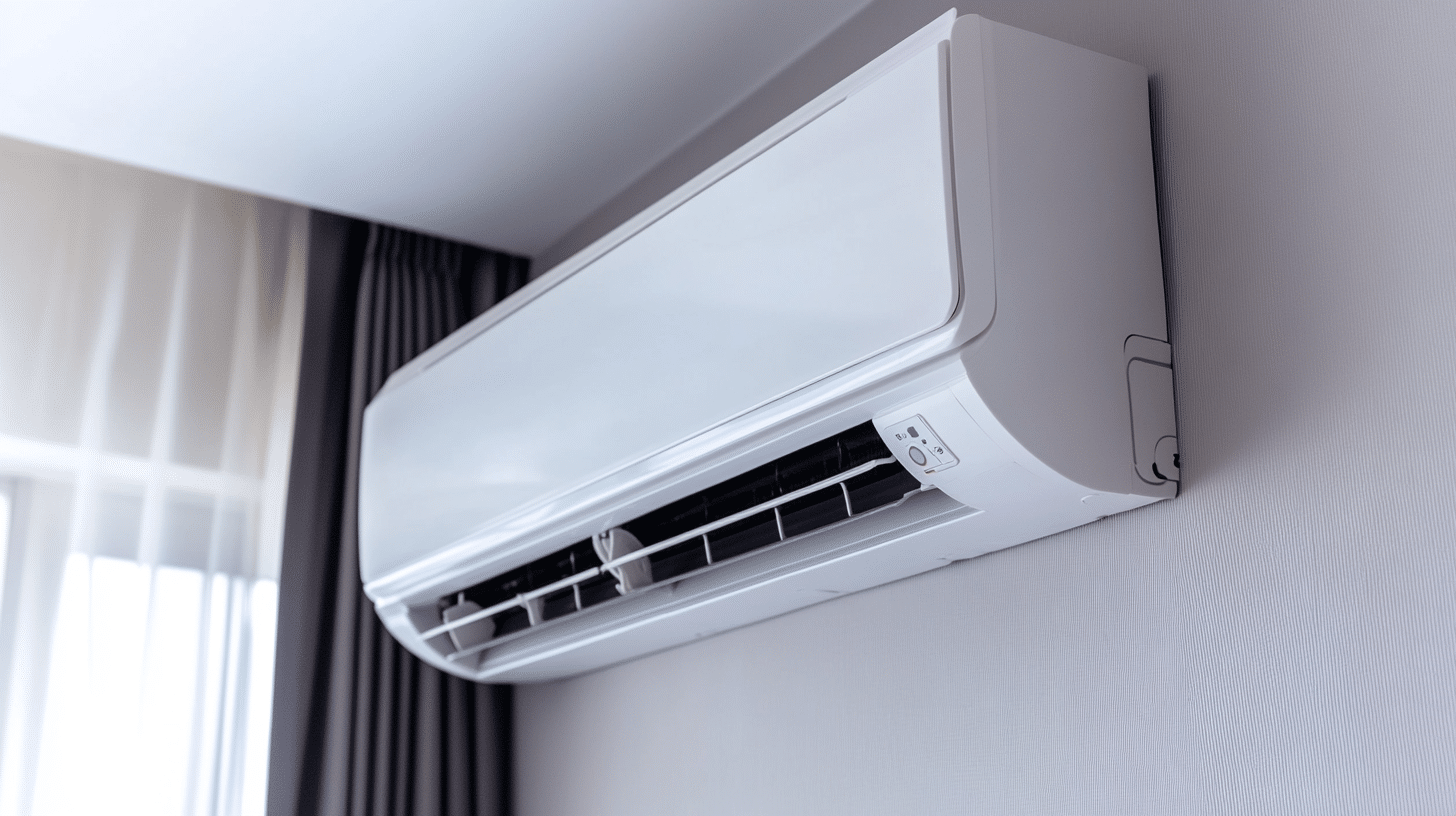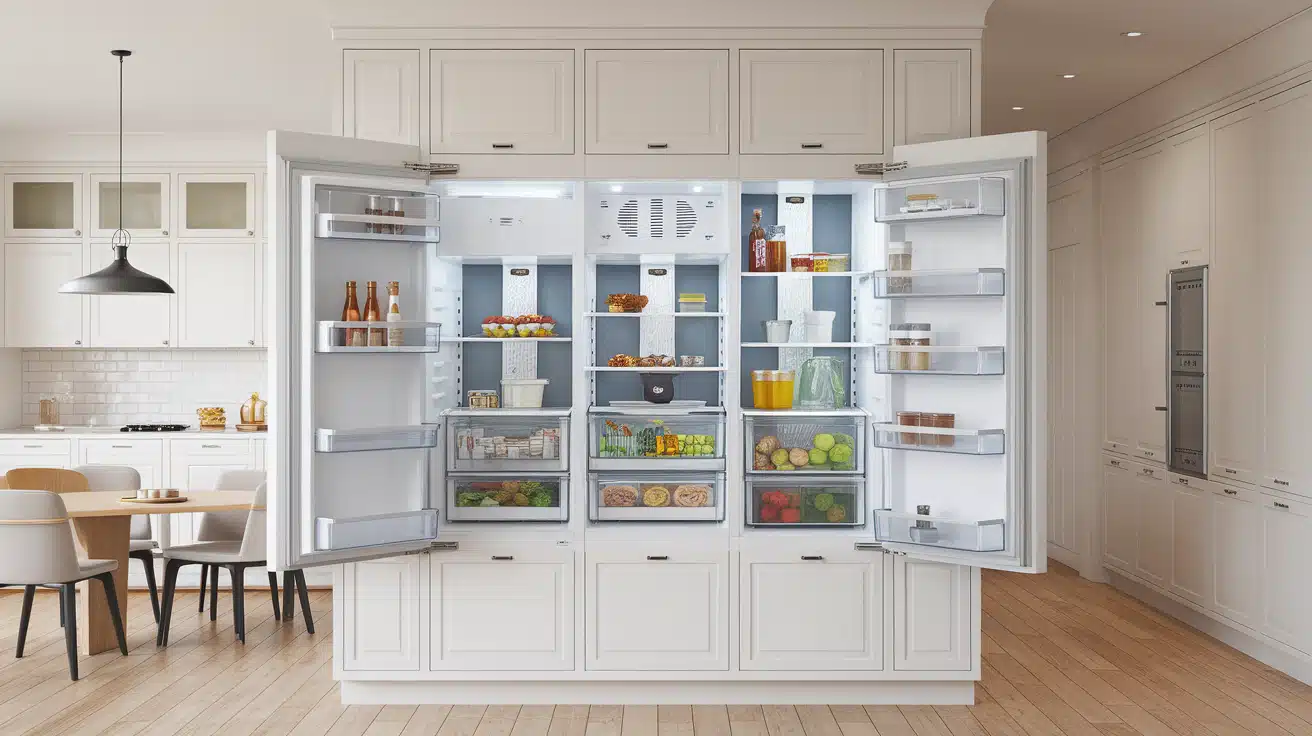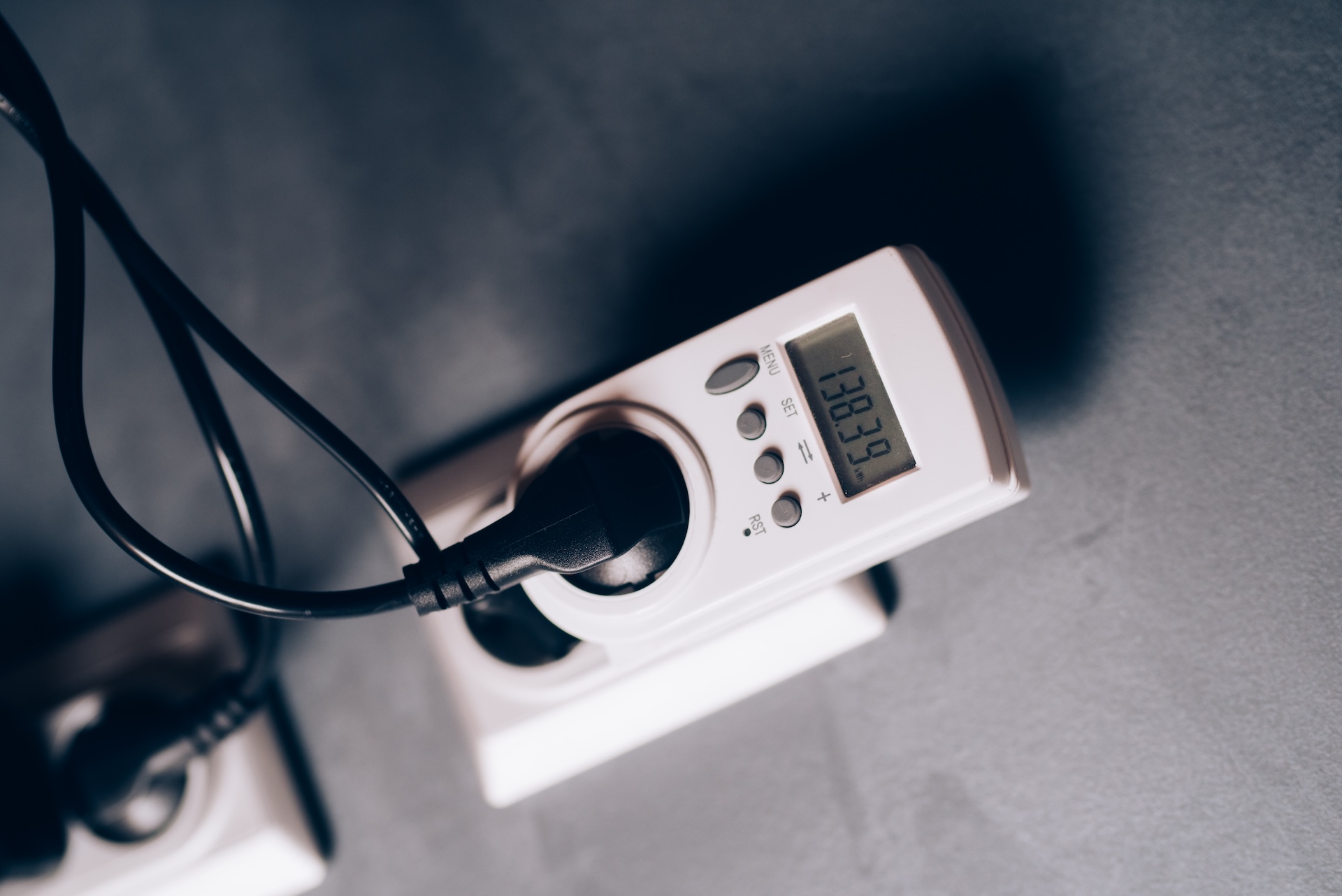What Are the Benefits of a Ductless Mini Split System for Cooling and Heating?
When it comes to cooling and heating, homeowners have a myriad of options available. One option that is gaining popularity is the ductless mini-split system. These systems offer several benefits compared to traditional HVAC systems, making them an attractive choice for many.
In this post, we will explore the advantages of a ductless mini-split system and why it may be the right fit for your home.
Benefits of Ductless Mini Split System for Cooling and Heating
1. Enhanced Energy Efficiency
One significant benefit of a ductless mini-split system is its energy efficiency. Unlike traditional HVAC systems that rely on ductwork to distribute conditioned air throughout the house, these systems deliver air directly into individual rooms through small air handlers installed on the wall or ceiling.
By avoiding the energy losses associated with leaking or poorly insulated ducts, ductless mini splits can save up to 30% on heating and cooling costs.
2. Zoned Heating and Cooling
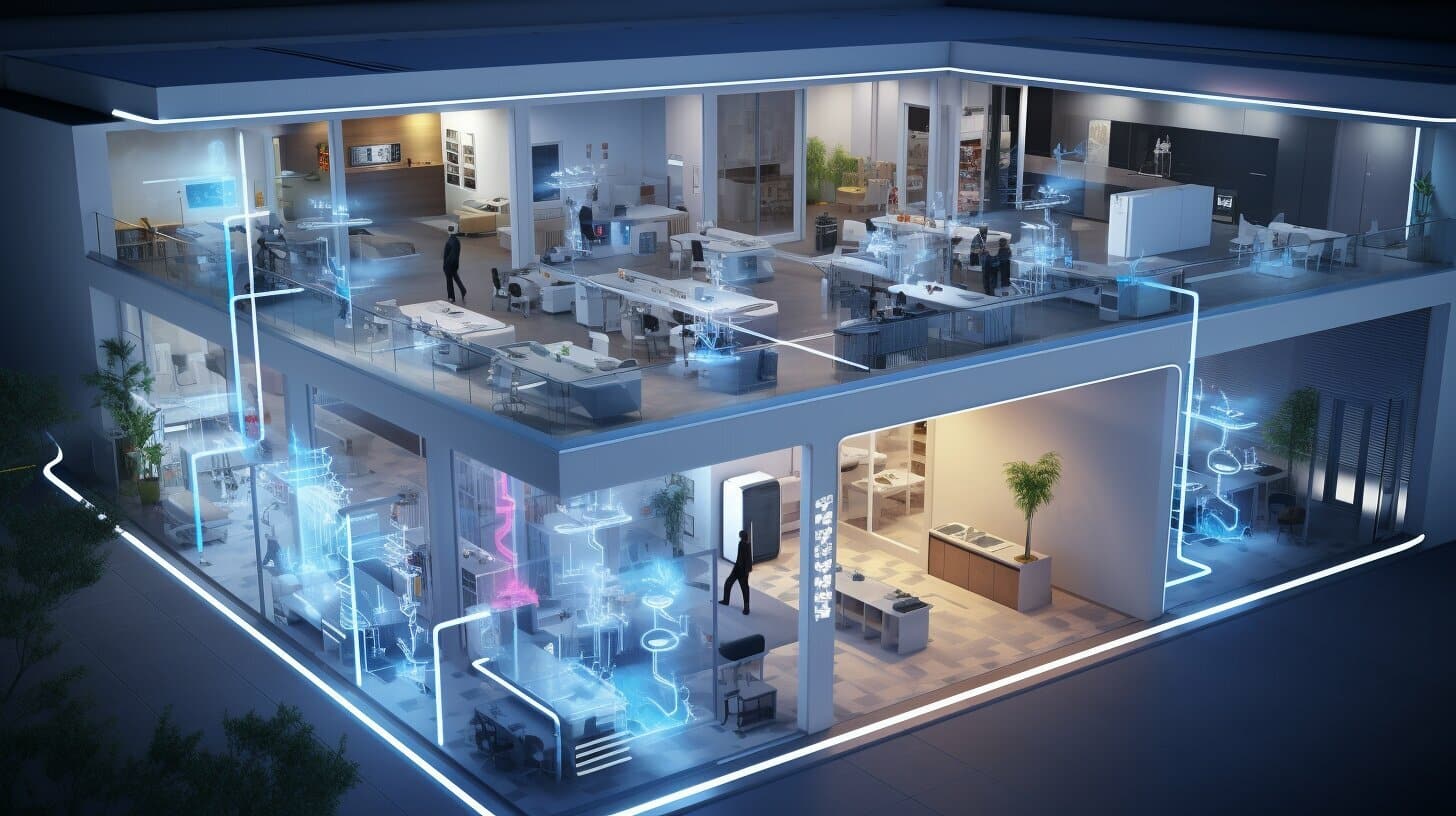
With traditional HVAC systems, homeowners often find it challenging to maintain consistent temperatures throughout different areas of their homes. Ductless mini splits solve this problem by providing zoned heating and cooling capabilities.
Each air handler in a multi-zone system operates independently, allowing you to adjust temperatures according to each room’s specific requirements. As a result, family members can enjoy personalized comfort without compromising energy efficiency.
3. Easy Installation and Flexibility
Another advantage of ductless mini-split systems lies in their ease of installation and flexibility. Since these systems don’t require extensive ductwork like central heating and cooling systems do, they are more straightforward and faster to install—an appealing feature for both new construction projects and retrofits.
Additionally, the absence of bulky ducts saves valuable space in attics or basements while offering various placement options for indoor units.
4. Limited Maintenance Requirements
Maintaining traditional HVAC systems with extensive duct networks often involves regular cleaning or repairing leaky ductwork—a laborious task that can be costly over time.
On the other hand, maintaining a ductless mini-split system is relatively simple. Routine cleaning of the air filters and an annual inspection by a professional technician are usually sufficient to keep the system running smoothly, contributing to lower maintenance costs.
5. Improved Indoor Air Quality
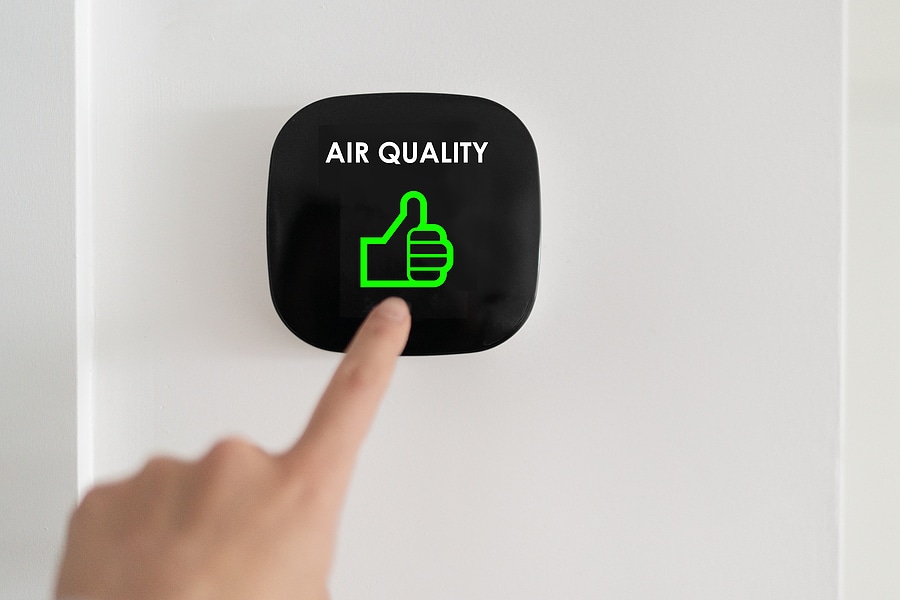
Indoor air quality is a critical factor in home comfort and overall health. Traditional HVAC systems can accumulate dust, dirt, allergens, and even mold within their ducts—pollutants that get circulated throughout the entire house when the system operates.
Ductless mini splits eliminate this issue since they don’t rely on ductwork for air distribution. With their multi-stage filtration systems, these units can efficiently remove airborne particulates, allergens, and other contaminants, resulting in cleaner and healthier indoor air.
6. Quiet Operation
Unlike central heating and cooling systems that often produce noticeable noise when the unit cycles on or off or when air moves through the ducts, ductless mini-split systems operate quietly. The indoor units are designed to minimize noise levels significantly, ensuring a peaceful and undisturbed indoor environment.
7. Increased Heating Performance in Cold Climates

When you find a ductless mini split for sale, check if it comes with a heat pump feature that provides efficient cooling during hot summer months and reliable heating during colder seasons, including severe winter climates.
Thanks to technological advancements like inverter-driven compressors and improved thermostat controls, modern ductless mini splits can maintain consistent warmth even when outdoor temperatures drop well below freezing.
8. Increased Design Flexibility
Ductless mini-split systems offer homeowners greater design flexibility compared to traditional HVAC systems. With their compact size and versatile installation options, these systems can complement various architectural styles without compromising aesthetics.
The absence of bulky ductwork also provides more freedom in furniture placement and room layout. Whether you have a historic home or a modern dwelling, a ductless mini-split system can seamlessly integrate into your space while providing efficient heating and cooling.
Conclusion
Ductless mini-split systems offer numerous benefits compared to traditional HVAC systems. Their energy efficiency, zoned heating and cooling capabilities, ease of installation and maintenance, improved indoor air quality, quiet operation, as well as enhanced heating performance make them an appealing choice for homeowners looking to upgrade their cooling and heating solutions.
Investing in a ductless mini-split system will not only provide optimal comfort but also help reduce utility expenses over time while achieving greater control over home temperature settings for different areas or zones.

